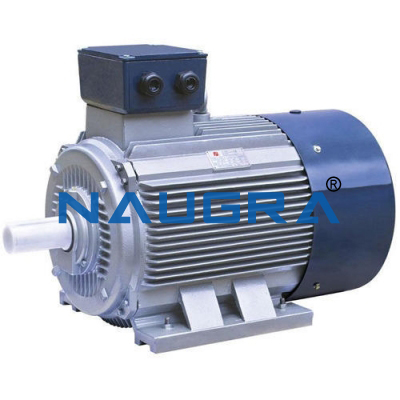Energy Efficiency In Electric Motors .
Energy Efficiency In Electric Motors
Trainer for the study of the Energy Efficiency in the control of electric motors. The trainer allows studying the Energy Efficiency in a hydraulic circuit with motor driven pump controlled by an inverter.
Training Objectives of Energy Efficiency In Electric Motors
- Learning and setting a Multifunction Network Analyzer (MNA)
- Learning and programming an industrial Variable Speed Drive (VSD)
- Introduction to electric motors
- Learning and programming an advanced PLC with operator interface
- Introduction
to the different sensors/actuators used in this trainer and their main
features (float switch, flow sensor, pressure sensors and solenoid
valves)
- Learning the energy savings with electric motors and drives
- Possibility to import data (saved on micro SD card) in Microsoft Excel environment for processing.
Technical Specifications of Energy Efficiency In Electric Motors
- 3â€phase motor driven pump, 0.37 kW, with cast iron body and brass impeller, max. flow rate 40 l/min.
- Three 2â€way NC electroâ€valves, direct control, brass body
- Flowâ€rate transducer, 1 to 40 l/min.
- Pressure transducer, 0 to 10 bar, output signal range 0â€10 V
- Pressure switch, 1 to 12 bar
- Inverter, 0.4 kW, PID control mode as standard, 7 userâ€configurable preset speeds
- Multifunction
network analyzer, line voltages and currents, total active and reactive
power, power factors, active and reactive energies, etc

